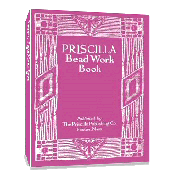[]Subscribe To This Site
Satin Stitches
The Satin stitches are limited both in their application and effect. They are, however, very important and embrace several specific kinds of work. The French laid embroidery, which includes initialing, is principally Satin stitch as is Church embroidery over cartoons. So are also large portions of Italian and Spanish sixteenth century work. It consists in placing parallel stitches completely over a given form, allowing no break in the surface. See Fig. II a (1).
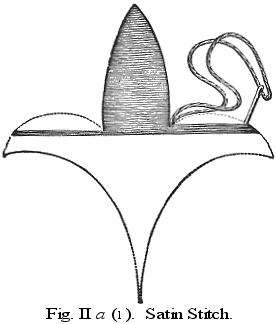
It is not possible to cover large forms in this way, unless they are such as may be broken up into sections, because the stitches will not lie well if they are too long. Very pretty backgrounds may be embroidered in this stitch on cushions, etc., by marking out the space in diamond-like figures and working them in contrasting directions. This is a simple and pretty way to border a table cover and to fill in spaces between the scroll of rococo scallops now so popular on centerpieces. The idea may also be carried out on a linen tea cloth if daintily planned. See Fig. II a (2).
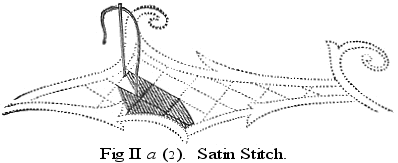
This stitch used in connection with couching has a wider application. See Couching Stitch. It is sometimes used in connection with some of the Wound stitches. See more information on Wound Stitches.
An illustration of the use of this stitch for the center of a Poinsettia and the centers of Buttercups are shown in the following Colored Plates.
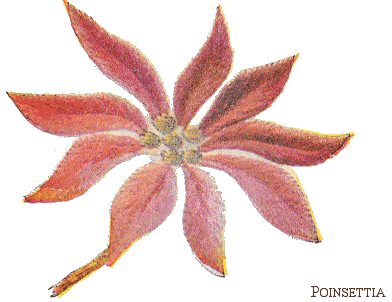

The French white or laid embroidery is an especial application of the Satin stitch. It is the method of initialing, and was, during the Victorian era, done in the twisted embroidery silk and Roman Floss with best effect. The stitches may be taken from side to side at any angle so that they are kept parallel to each other. To see special stitches of this type used to make initials and monograms, check out French Laid Embroidery.
For even more information on this stitch, see Satin Stitch and Variations.
Return to top of Satin Stitches page.
Return to Embroidery Stitches page.
Return to Home page.


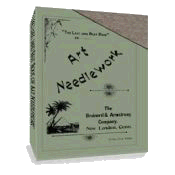
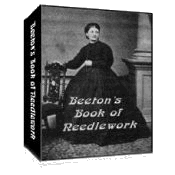 433 pages!
433 pages!
